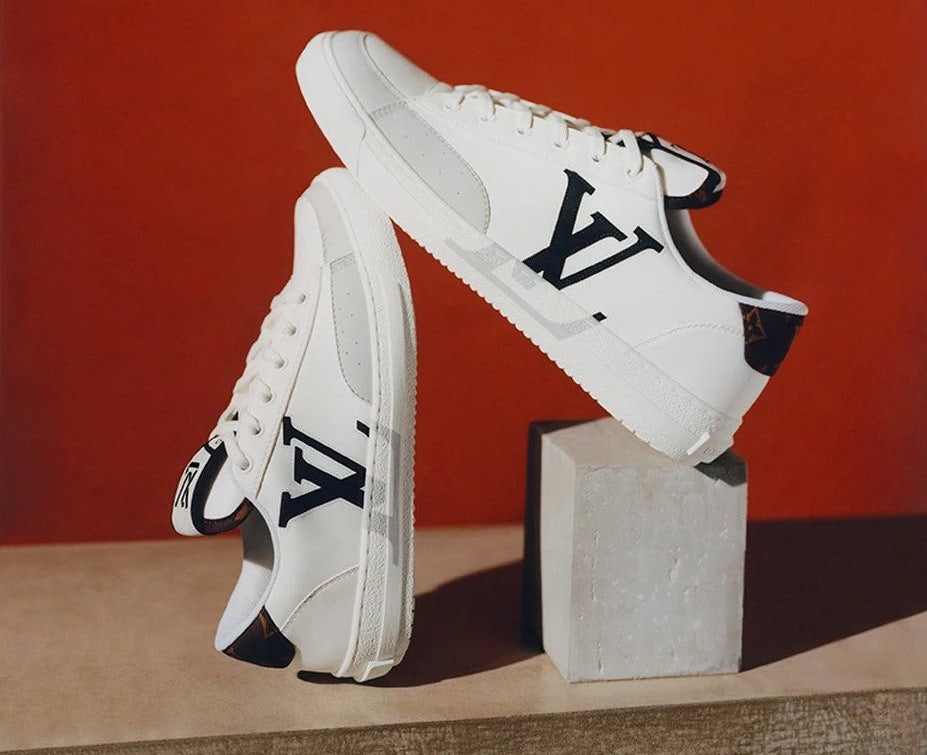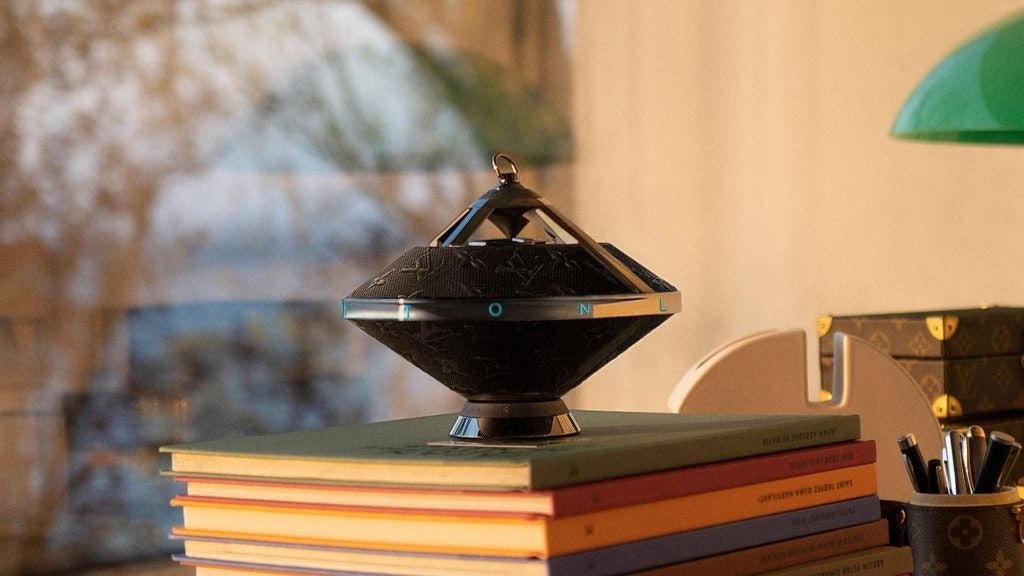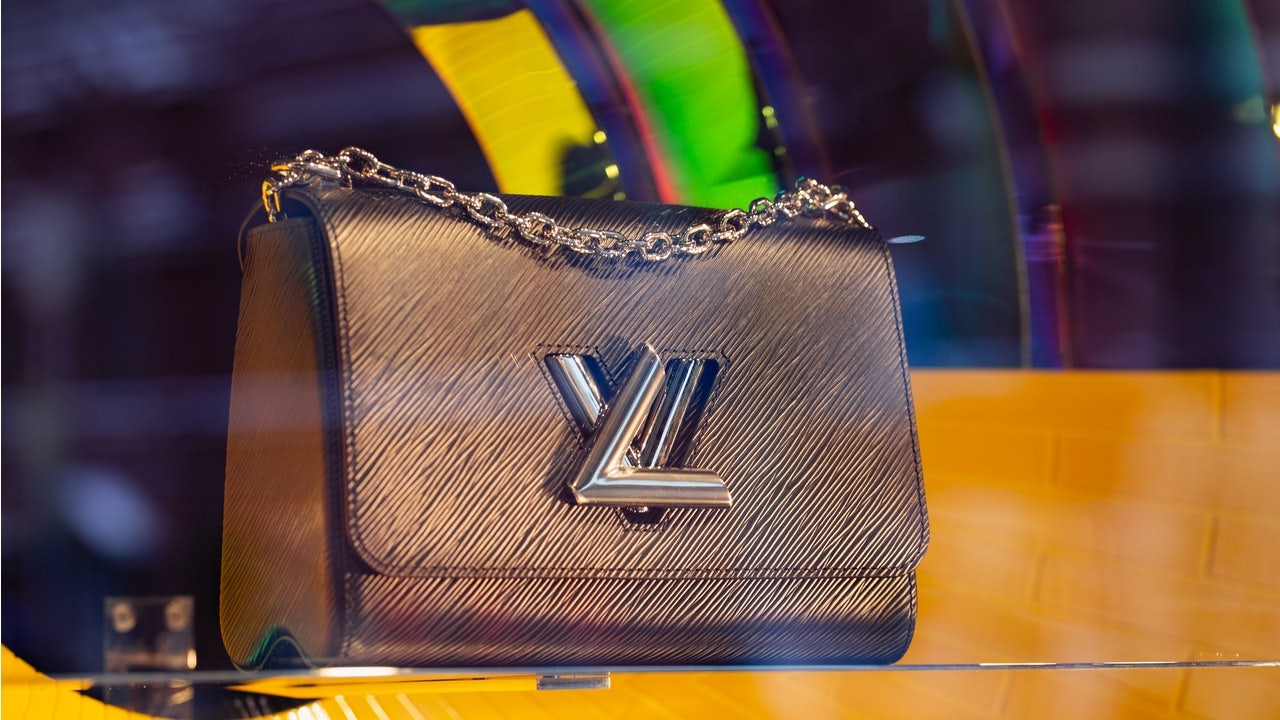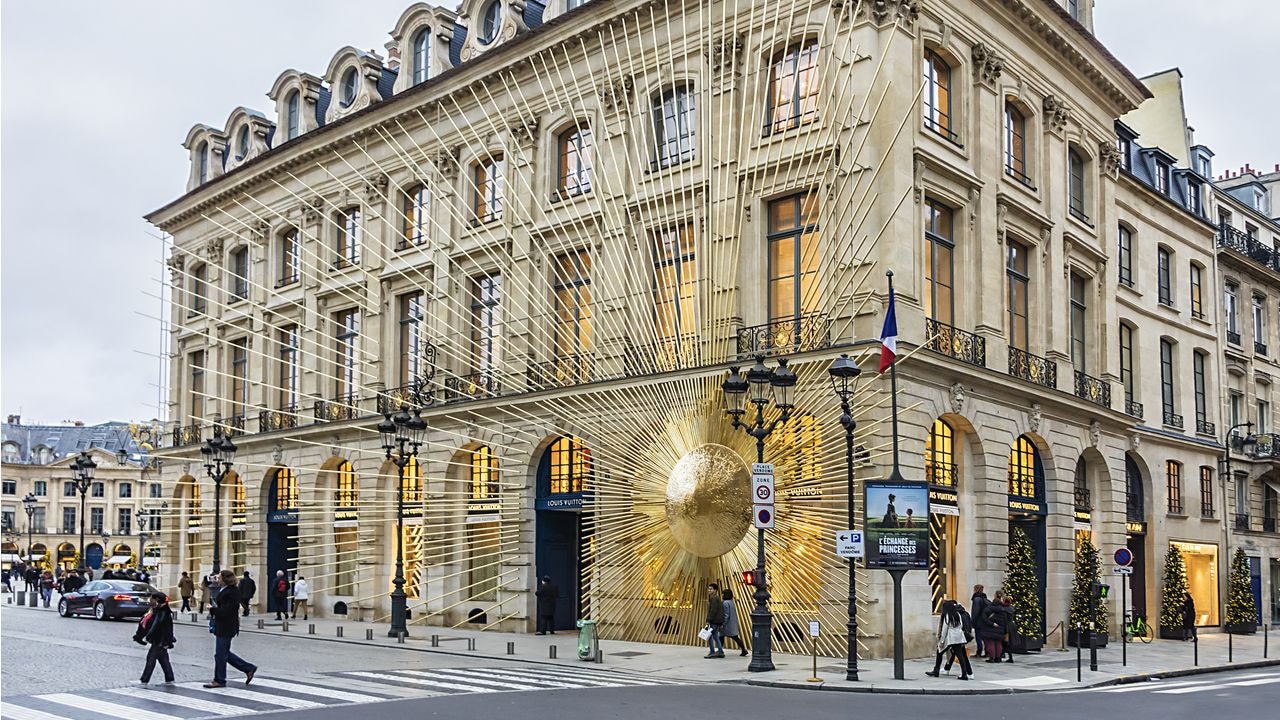Key Takeaways:#
LVMH reported 34 billion (28.7 billion euros) in revenue, up 56 percent compared to the first half of 2020 and up 14 percent over the first half of 2019.
These results from LVMH dramatically defied the market and show that the strategies many other brands deployed during the pandemic — playing “wait and see” or engaging in price reductions or promotions — were completely misguided.
A few years ago, Louis Vuitton’s shoe portfolio was comprised of dressier shoes and boots. Now, the brand’s footwear sector is most visible via its sneakers, including its new sustainable Charlie sneaker, made with innovative, recycled materials across 90 percent of the shoe.
The first half of 2021 has by no means been a “normal” half-year. Even if, by the end of 2020, most of us had hoped COVID-19 would be behind us, reality showed a starkly different picture. The pandemic had a fierce grip over the world, with countries like India, Brazil, and South Africa in turmoil and many critical European markets like UK, France, and Germany under partial lockdown. In many places around the world, the impact on retail was a reality many brands had to face. Last but not least, global travel restrictions were still widely in place, dramatically impacting the travel retail that was so critical to many luxury categories, such as alcohols, perfumes, high-end beauty, accessories, and sunglasses.
And while many markets recovered from the shocking first half of 2020, when the pandemic took the world by surprise, many companies are still feeling its impact on their top and bottom lines. I've had countless conversations with luxury brands worldwide, across many categories, that see a silver lining. Yet, their performances today are shaky at best.
In this context, the first-half performance of LVMH, the world’s biggest luxury group by revenue and profitability, is even more remarkable. The group reported 34 billion (28.7 billion euros) in revenue, up 56 percent compared to the first half of 2020 and up 14 percent over the first half of 2019. Its net profit was a record 6.3 billion (5.3 billion euros), which is even more impressive when comparing it to the same period in the previous years (ten times higher than in the first half of 2020 and 62-percent above the first half of 2019). Bernard Arnault, the group’s chairman & CEO, commented that “LVMH has enjoyed an excellent half-year and is reaping the benefits of having continued to innovate and invest in its businesses throughout the pandemic despite being in the midst of a global crisis.”
These results reflect combining an unparalleled vision, some of the best management talents in the industry, a superior strategy, and excellence in execution. And they are nothing short of astounding. An impressive example is the Fashion & Leather Goods business group, comprised of iconic brands like Louis Vuitton, Dior, and Fendi, among others. It recorded organic revenue growth of 81 percent in the first half compared to 2020. Compared to the first half of 2019 (which was a record year, mind you), the growth was a stellar 38 percent. Its Wines & Spirits division, with brands like Moët & Chandon, Veuve Clicquot, Dom Pérignon, and Hennessy, saw a record 44-percent organic revenue growth across the first half of this year compared to last year, with a 12-percent increase versus 2019.
These results dramatically defied the market and show that the strategies many other brands deployed during the pandemic — playing “wait and see” or engaging in price reductions or promotions — were completely misguided. The LVMH Maisons did the exact opposite.
In terms of innovation, category expansion, and creativity, 2020 and 2021 have been the most exciting periods for the LVMH group. Categories like sneakers, backpacks, and practical totes have become growth engines in a world where customers seek the highest combination of comfort and quality. A few years ago, Louis Vuitton’s shoe portfolio was comprised of dressier shoes and boots. Now, the brand’s footwear sector is most visible via its sneakers, including its new sustainable Charlie sneaker, made with innovative, recycled materials across 90 percent of the shoe. During a recent meeting in Europe, I spotted at least ten people wearing LV sneakers in a small gourmet restaurant, making it the most dominant footwear brand among that location's high-end clientele.

Icons like the Louis Vuitton Bandoulière were reimagined in different colors, designs, and sizes, making them collectibles while also usable everyday items. The recently introduced and highly desirable Louis Vuitton Light Up speaker marks the brand's entrance into luxury loudspeakers and the ecosystem surrounding them, including a 410 carrying strap. Meanwhile, the perfumes of Louis Vuitton already rank among the world’s best-selling fragrances. These are just some examples of how the group significantly expanded its footprint of iconic brands to reach new target groups and create an unprecedented amount of buzz.

At the same time, prices across most of its brands increased, and its limited editions, often priced in a non-linear way, reflected the desire of customers to differentiate and own unique pieces (ones that may be increasing in value due to their scarcity). The brand's digital capabilities were also significantly extended, both in distribution and in marketing.
That leads to a unique formula: aggressively entering new categories, exciting customers with creativity and rare limited editions, making significant investments in digital marketing, using powerful influencers, opening new digital channels, and permanently reinventing existing brands. While most other luxury brands played it safe, LVMH played to win — and significantly expanded its market shares across many segments. The house was not afraid to make bold moves and risk its status quo to connect strongly with young, affluent target groups.
These moves uniquely position LVMH to grow much more once the luxury market fully rebounds. Its market share gains during the crisis are predictors of future profits, assuming the company's Maisons continue to excite their customers.
What is even more impressive is that this performance occurred during its takeover of Tiffany & Co. A move like this would have distracted most other companies, causing them to lose focus on their core businesses. With 75 Maisons and an extremely diverse category portfolio catering to the most discerning customers, it would've been easy for LVMH to get lost in the takeover's complexities and underperform. LVMH did not only break all revenue and profit limits, but it also showed how a complex portfolio can be managed successfully with the right leadership and creative approach. Expect them to break even more limits.
Daniel Langer is CEO of the luxury, lifestyle and consumer brand strategy firm Équité, and the professor of luxury strategy and extreme value creation at Pepperdine University in Malibu, California. He consults some of the leading luxury brands in the world, is the author of several luxury management books, a global keynote speaker, and holds luxury masterclasses in Europe, the USA, and Asia. Follow @drlanger


